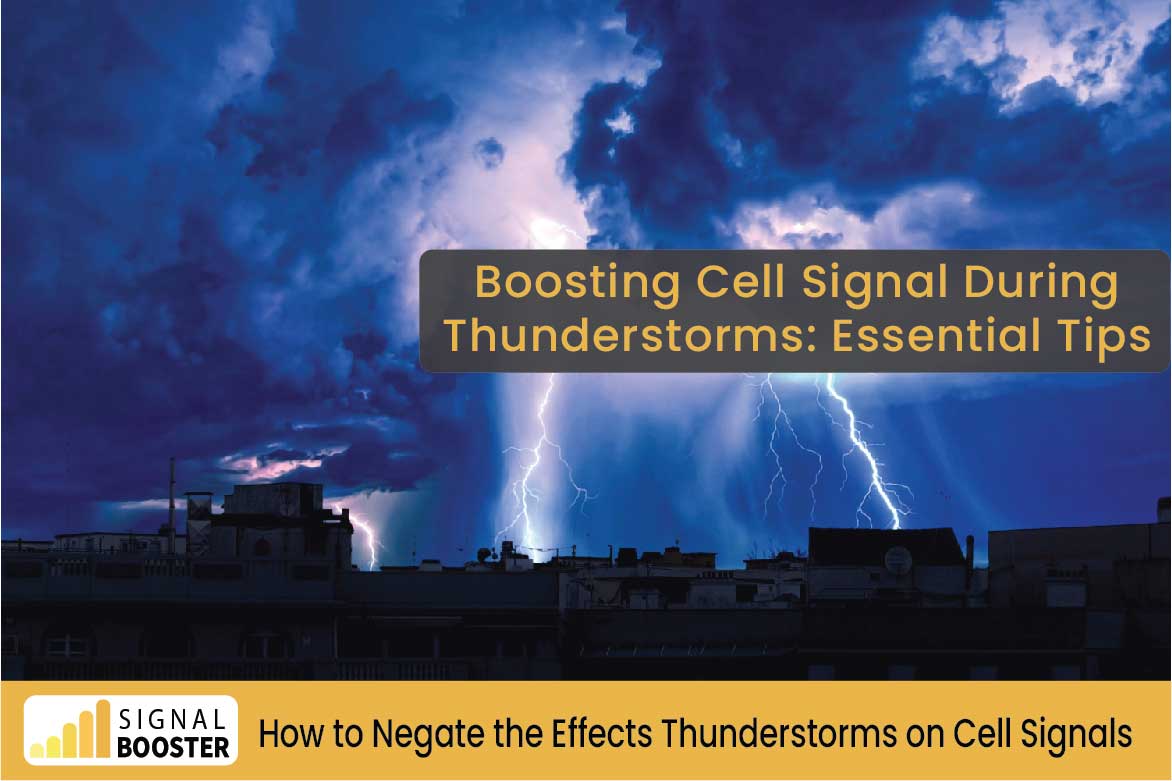
Thunderstorms can wreak havoc on cellular signals, disrupting communication and causing inconvenience. This article explores the various ways thunderstorms affect cell signals and offers practical strategies to enhance connectivity even during storms.
During thunderstorms, power outages are common, which can affect not only cell towers but also signal booster equipment. Include information about backup power solutions, such as uninterruptible power supplies (UPS) or portable generators, to ensure continuous operation of signal boosters during power failures.
Discuss the importance of network redundancy and failover systems in maintaining connectivity during thunderstorms. Businesses and critical infrastructure may implement redundant cellular networks or failover systems to automatically switch to alternate networks or communication channels in the event of signal disruptions.
Emphasize the importance of having comprehensive emergency communication plans in place, both at the individual and organizational levels. These plans should include protocols for communicating during thunderstorms and other emergencies, as well as alternative means of communication, such as landline phones, two-way radios, or satellite communication.
Encourage readers to leverage community resources and assistance during severe weather events. Local emergency management agencies, community centers, and relief organizations may provide access to emergency communication services, shelters, and support networks for those affected by storms.
Remind readers of the importance of regular maintenance and inspection of signal booster equipment, especially before the storm season. Routine checks can help identify and address potential issues or vulnerabilities in the system, ensuring optimal performance during thunderstorms and other emergencies.
Highlight mobile applications designed specifically for emergency communication, such as disaster response apps or those that enable offline messaging and location sharing. These apps can help individuals stay connected with emergency services and loved ones, even when cellular networks are down.
Emphasize the importance of personal safety preparedness during thunderstorms, including having emergency kits stocked with essential supplies, maintaining communication with family members or neighbors, and staying informed about evacuation routes and shelter locations.
Encourage readers to collaborate with local authorities and emergency responders to stay informed about evacuation orders, road closures, and other critical information during thunderstorms. Local emergency management agencies may also provide guidance on communication strategies and resources available during emergencies.
Acknowledge the impact of geographic factors, such as terrain and proximity to cell towers, on cellular signal strength during thunderstorms. Residents in rural or mountainous areas may face unique challenges and may need to explore specialized solutions, such as long-range signal boosters or directional antennas, to enhance connectivity.
Thunderstorms pose significant challenges to cellular connectivity, but with the right strategies and equipment, it’s possible to mitigate the impact and maintain reliable communication even during storms. By investing in quality signal boosters, implementing weather-resistant solutions, and staying prepared, individuals and businesses can ensure uninterrupted connectivity and safety during adverse weather conditions.